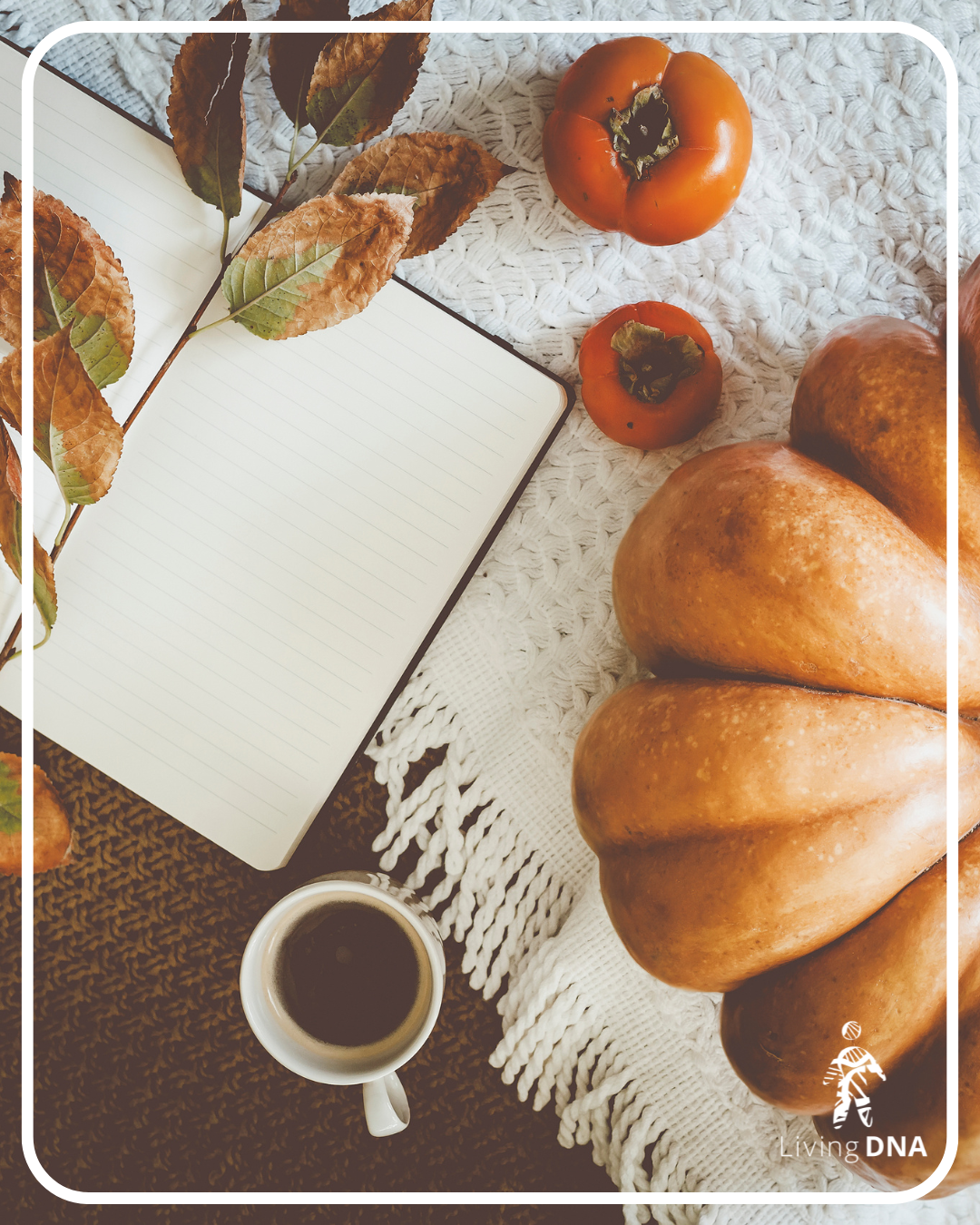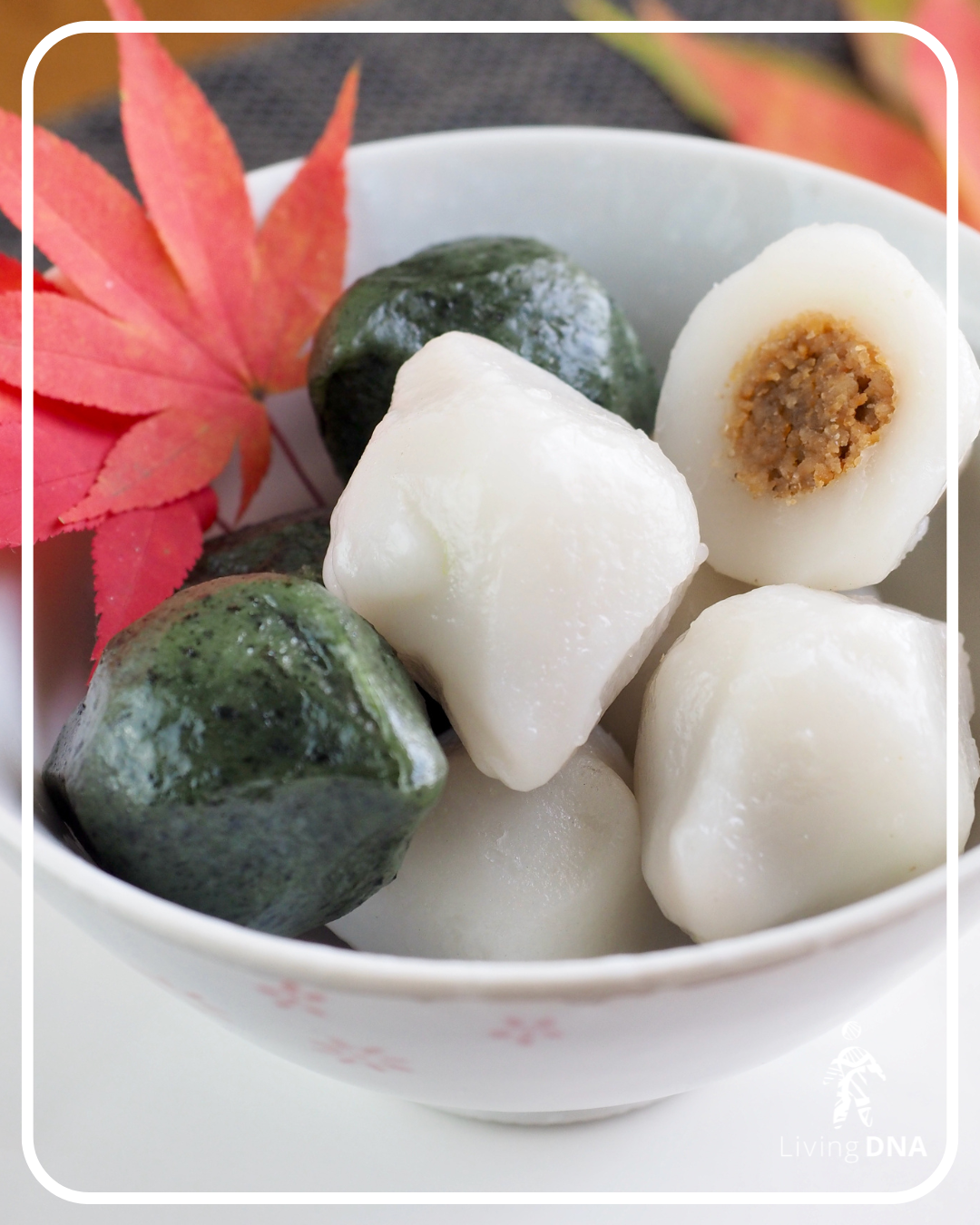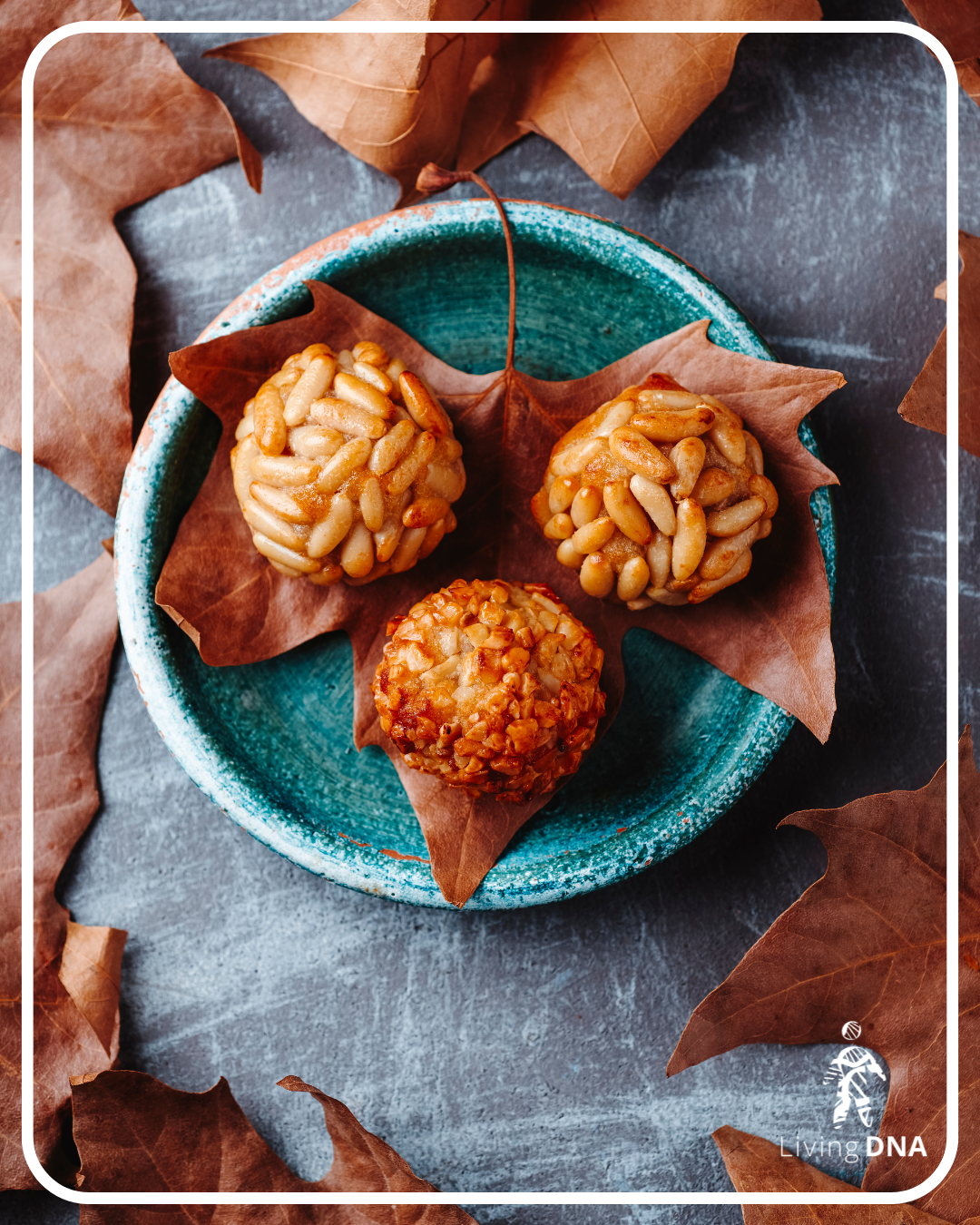There has been a change in the air recently. The temperature has dropped, the nights are drawing in, and the leaves have changed colour and begun to fall. Here in the UK, children are gathering conkers, and the coffee shops are filled with the scents of cinnamon and nutmeg.
With the shortening days and chilly weather, autumn brings the timeless human urge to come together for warmth, community, and comfort. In many regions, autumn or fall is the harvest season, when farming communities gather in the last of the year’s crops to cook, share, or preserve for the leaner winter months.

Across the world, harvest festivals are held throughout the autumn to celebrate a good year. Some have a religious aspect, giving thanks to a deity or asking for good fortune the following year. Others are more secular, simply an excuse for a joyful gathering before the dark months of winter. Although many of us now live in towns and cities far from the fields, these harvest traditions endure, bringing families and communities together to eat and celebrate in the warmth as the nights draw in.
Possibly the most famous harvest festival takes place at the end of November. American Thanksgiving has been celebrated in its current form as a national holiday since 1863, but its roots go much further back. The English settlers who founded the Plymouth colony in 1620 endured a harsh and deadly first winter, surviving only thanks to the help of the Wampanoag people, who taught them local farming, hunting, and fishing methods.
The following year, the colonists celebrated their first successful harvest with a three-day feast. They invited a number of their Wampanoag allies to join them, helping to strengthen their fragile alliance. Thanksgiving was observed at different times and in different ways across North America until it was declared a holiday by Abraham Lincoln in 1862, and it was finally given a fixed date, the fourth Thursday in November, by President Roosevelt in 1942.

Although it is the most well-known, American Thanksgiving is far from the only way people celebrate at this time of year. Let’s take a look at some celebrations from around the world, and most importantly, the foods that bring people together. Why not include a dish from one of your ancestral regions at your Thanksgiving table this year?
Korea: Chuseok
In South Korea, families travel back to their hometowns for the festival of Chuseok. It takes place over three days during the full moon, on the fifteenth day of the eighth month of the lunisolar calendar. In 2025, it fell in early October, and in 2026 it will be from the 24th to the 26th of September.
The festival’s origins are uncertain. Some believe it began as a month-long weaving contest called gabae, where two teams competed to weave the most cloth, with the winners treated to a feast by the other team. Others think it began as a celebration of the harvest moon.

During Chuseok, families visit ancestral homes to share food, pay respects to their ancestors, and celebrate the year’s harvest. Traditional dishes include songpyeon, small rice cakes filled with sweet fillings and steamed over pine needles, and japchae, a savoury noodle dish with vegetables and meat.
Nigeria: New Yam Festival
In parts of West Africa, particularly among the Igbo people of Nigeria, the New Yam Festival marks the beginning of the harvest season. It is usually held in August or September, when the first yams of the year are ready to be eaten.
Yams hold deep cultural importance, symbolising prosperity, fertility, and community. The festival begins with prayers and offerings to thank the gods and ancestors for a successful harvest and to bless the coming year. Once these rituals are complete, the community feasts on freshly harvested yams prepared in a variety of ways, including ofe nsala, a light, peppery soup made with yam and catfish. Music, dancing, and masquerades follow, creating a vibrant and joyful atmosphere that celebrates abundance and togetherness.
Catalonia: La Castanyada
In north-eastern Spain, La Castanyada is celebrated on the 31st of October, All Saints’ Eve. Its origins are debated, with theories ranging from ancient funerary rites to the Christian custom of ringing church bells through the night to honour the dead.

Today, families gather to remember loved ones with bonfires, roasted chestnuts, sweet potatoes, and a traditional sweet called panellets, made from almond flour and sometimes sweet potato. The food is shared in remembrance of those who have passed.
India: Kailpodh and Thambuttu
In the Coorg region of southern India, autumn brings a series of festivals celebrating both the harvest and local traditions. Kailpodh, held in early September, honours the tools of agriculture and hunting, recognising their role in sustaining life. Later in the season, people celebrate Puthari, the harvest festival, which takes place as the new rice crop is ready to be gathered.
A favourite festive treat from this region is Thambuttu, a no-bake banana dessert made with ripe bananas, roasted rice flour, and coconut, often flavoured with cardamom and ghee. It is simple to make but rich in flavour, reflecting the warmth and generosity of Coorgi hospitality.
Iran: Mehregan
In Iran, Mehregan is an ancient festival that celebrates friendship, love, and the harvest. Traditionally held in early October, it dates back thousands of years to pre-Islamic times, when it honoured Mithra, the goddess of light and truth.

Families gather for a meal that often features autumn fruits, nuts, pomegranates, and sharbat, a refreshing sweet drink made with fruit, herbs, or flowers mixed with sugar and water. Tables are beautifully decorated with flowers and candles, and guests exchange gifts. Mehregan symbolises balance and gratitude, marking the midpoint between the summer and winter solstices.
Canada: Thanksgiving
Canada celebrates its own Thanksgiving earlier than the United States, on the second Monday in October. The holiday has similar themes of gratitude and community but is linked to the earlier northern harvest.

Canadian tables often feature familiar dishes such as roast turkey and pumpkin pie, but regional variations abound. In Quebec, tourtière, a savoury meat pie with warming spices, is a much-loved dish that reflects the province’s French heritage.
Bringing the World to Your Table
Wherever you are in the world, autumn is a season of warmth, gratitude, and connection. These celebrations, though varied in culture and tradition, share a common thread: the joy of good food, good company, and the marking of the year’s cycle.

We’ve created a downloadable recipe card inspired by a Living DNA staff member’s autumnal favourite from childhood, so you can bring a taste of the world to your own table. Whether you’re cooking for Thanksgiving or simply sharing a meal with loved ones, why not explore your own ancestry through food this season?
